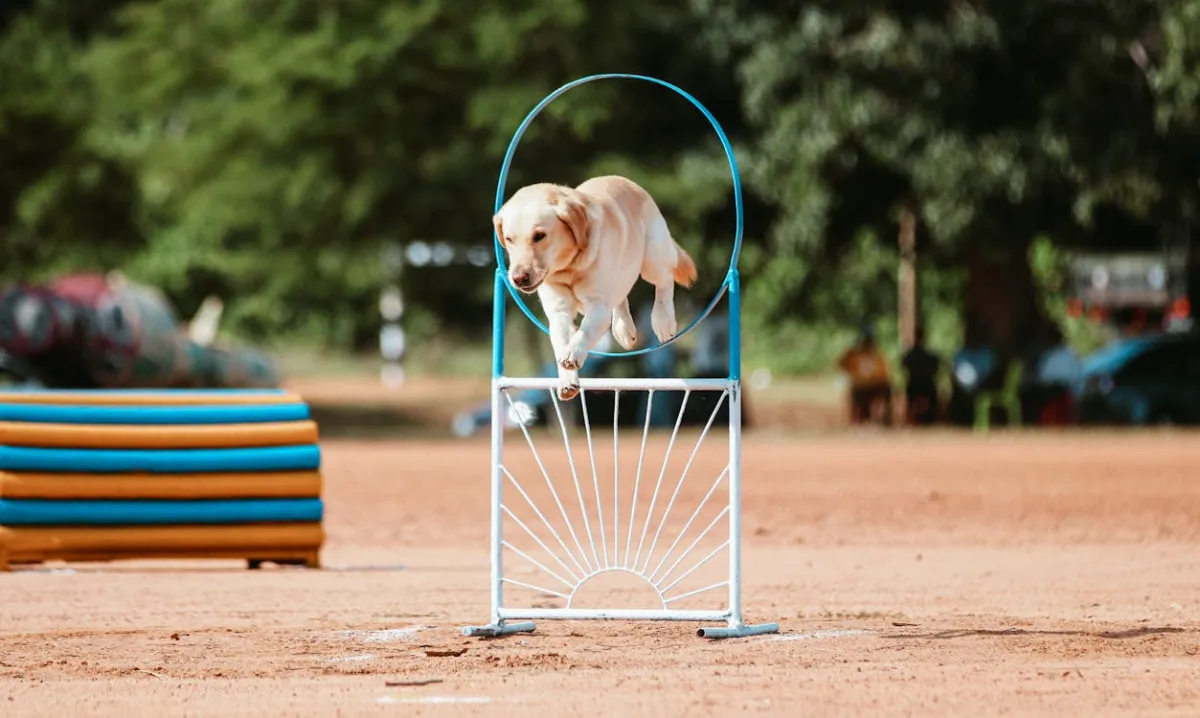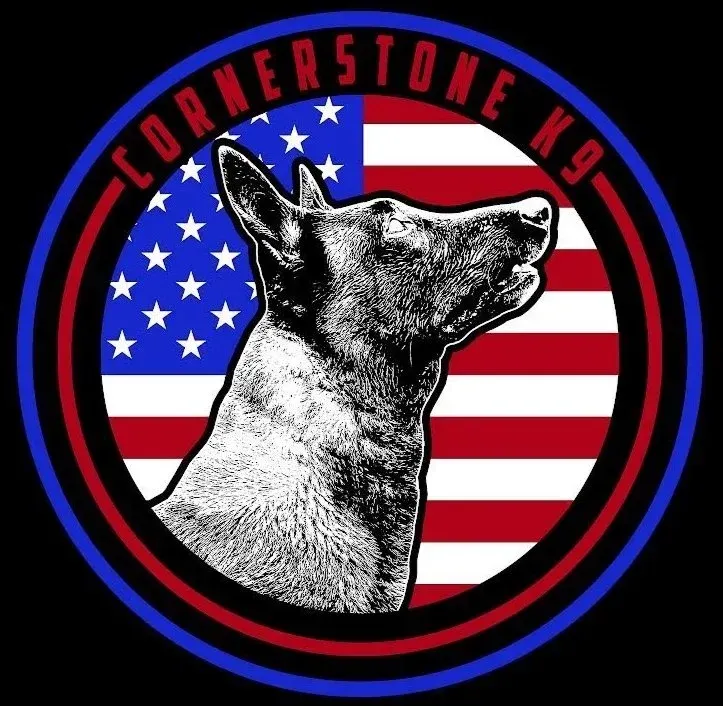
Achieving Off-Leash Reliability: Advanced Obedience Training
Off-leash training significantly enhances a dog's freedom, providing mental and physical enrichment through more stimulating walks, playtime, and exploration. Dogs experience reduced stress and improved socialization as they can interact naturally with their environment and other dogs. Furthermore, off-leash reliability allows for greater exercise, promoting better health and behavior.
Owner Freedom & Peace of Mind
Owners benefit tremendously from off-leash reliability. Knowing your dog will return when called provides unparalleled peace of mind. It allows you to enjoy hikes, park visits, or vacations without constant worry. Moreover, it enhances your bond with your dog, as mutual trust becomes the cornerstone of your adventures.
Common Challenges with Off-Leash Training
While off-leash training offers rewards, it also presents challenges such as dealing with distractions, ensuring consistency, and managing safety. Many dogs struggle with selective hearing when tempted by wildlife, scents, or other dogs. Owners often face frustration from inconsistent obedience, particularly in high-distraction settings.
Foundations of Reliable Off-Leash Dog Training
Importance of a Solid Recall
A reliable recall is the bedrock of off-leash dog training. Teaching your dog to respond immediately to the "come" command can prevent accidents and offer freedom. Start by using high-value rewards, gradually increasing difficulty by introducing distractions and varying environments.
Mastering Basic Obedience First
Before progressing to off-leash work, your dog should master basic obedience commands like "sit," "down," and "stay." These foundational skills ensure that your dog can focus on you despite external stimuli.
Establishing a Strong Bond with Your Dog
A deep, trusting bond is crucial for off-leash success. Spend quality time together, engage in play, and incorporate fun into training sessions. Your dog is more likely to listen off-leash if they view you as a source of guidance and enjoyment.
Understanding Your Dog's Motivation
Identify what drives your dog—whether it's treats, toys, or praise. Motivation fuels training success. Tailor your rewards to what excites your dog most to achieve optimal results.
Essential Obedience Commands for Off-Leash Success
Recall (“Come”)
Mastering the recall command is non-negotiable. Begin in distraction-free environments, then gradually increase the challenge. Always reward heavily when your dog returns.
Sit & Stay (With Distance)
Distance sits and stays build impulse control and ensure your dog will remain stationary even when off-leash. Train by increasing both the duration and the distance incrementally.
Leave It/Drop It
Teaching "leave it" and "drop it" prevents your dog from ingesting harmful objects or engaging with dangerous stimuli. Practice frequently with high-value distractions.
Heel Command in Open Spaces
Off-leash heeling keeps your dog walking close beside you in open areas. Begin on-leash before gradually transitioning to off-leash sessions.
Emergency Stop
The emergency stop command halts your dog instantly, preventing them from bolting into unsafe situations. Pair with strong rewards and practice regularly.
Advanced Recall Training Techniques
Positive Reinforcement Strategies
cornerstoneK9 of effective recall training. Use high-value rewards such as cheese, chicken, or favorite toys to create a positive association with coming back.
Long-Line Training Exercises
Using a long training line allows your dog to explore while maintaining safety. Gradually increase the distance and practice recall, rewarding every successful response.
Proofing Recall in High-Distraction Areas
Begin proofing your dog's recall in mildly distracting environments, then escalate gradually. Parks, trails, and busy streets are excellent for advanced recall proofing.
Adding Distance & Duration Challenges
Increase the difficulty by adding distance between you and your dog or lengthening the time before rewarding. Always scale up slowly to maintain reliability.
Distraction-Proofing Your Dog's Obedience
Identifying Your Dog's Distractions
List your dog's top distractions, such as wildlife, children, or other dogs. Knowing these triggers allows you to design targeted training sessions.
Gradual Exposure to Distractions
Expose your dog to these distractions in a controlled manner, ensuring they maintain focus before increasing the challenge.
Controlled Distraction Training Drills
Design drills with specific distractions, beginning with mild levels and increasing intensity only as your dog succeeds.
Increasing Complexity Over Time
Once your dog masters low-level distractions, introduce more complex situations. Gradual, progressive training ensures long-term success.
Advanced Cues to Enhance Off-Leash Control
Directional Cues (Left/Right/Forward)
Teach directional cues to guide your dog over trails or obstacles. Begin with leash guidance and hand signals, then fade out the leash as your dog learns.
Hand Signals for Silent Control
Hand signals offer silent communication, which is essential in noisy environments or at long distances. Pair signals with verbal cues initially, then transition to signals alone.
Remote Down/Stay at a Distance
Train your dog to respond to down/stay commands from afar. Start at short distances, using clear cues and strong rewards.
Whistle Training for Remote Commands
Whistle training provides a consistent sound that travels well over distances. Pair whistle signals with commands like recall or emergency stop.
Common Mistakes in Off-Leash Training (And How to Avoid Them)
Rushing the Process
One of the biggest errors in off-leash training is rushing. Dogs require gradual progressions. Skipping steps often leads to setbacks and unreliable behavior.
Inconsistent Reinforcement
Inconsistent rewards can confuse your dog. Maintain high reward rates early in training and gradually decrease them as reliability increases.
Overwhelming the Dog with Too Many Distractions
Introducing too many distractions too soon can overwhelm your dog. Progress slowly and ensure mastery at each level before moving on.
Poor Timing of Rewards or Corrections
Timing is everything in dog training. Immediate rewards or corrections help your dog understand exactly which behavior is expected.
Safety Tips for Off-Leash Adventures
Selecting Safe Off-Leash Locations
Choose secure locations such as fenced parks, private fields, or remote hiking trails to minimize risks during off-leash outings.
Gear Recommendations for Off-Leash Training
Essential gear includes long lines, GPS tracking collars, and high-visibility harnesses. These tools provide safety while allowing freedom.
Emergency Recall Protocols
Have a rock-solid emergency recall protocol in place. Practice this frequently and reward heavily to ensure your dog responds immediately.
Monitoring Your Dog's Body Language
Watch for signs of stress, fear, or overstimulation. Recognizing these cues allows you to intervene before problematic behavior arises.
Creating a Long-Term Off-Leash Training Plan
Setting Short- and Long-Term Goals
Set clear, achievable goals. Short-term goals might include basic recall in your yard, while long-term goals could focus on off-leash hikes.
Tracking Progress & Adjusting Techniques
Keep a training log to monitor your dog's progress. Adjust your methods based on successes and challenges.
Maintaining Training Consistency at Home & Outdoors
Consistency is critical. Practice obedience both at home and in outdoor environments to generalize behaviors.
When to Seek Professional Help
If progress stalls or challenges persist, consult a professional trainer specializing in advanced obedience and off-leash training.
Resources for Advanced Dog Training
Recommended Books & Online Courses
Explore top-rated resources such as "Total Recall" by Pippa Mattinson or online platforms like Fenzi Dog Sports Academy.
Apps & Training Tools for Recall and Obedience
Training apps like Dogo or Pupford can offer structured programs and reminders for daily practice.
Local Advanced Dog Training Classes
Seek out reputable local trainers offering advanced group classes or private lessons for off-leash reliability.
Supportive Online Communities for Dog Trainers
Join forums or Facebook groups dedicated to dog training for advice, encouragement, and idea sharing.
Conclusion
Achieving off-leash reliability isn't merely about freedom; it's about safety, trust, and mutual respect. By mastering foundational obedience, practicing advanced techniques, and consistently working through challenges, you can enjoy the ultimate bond with your dog. Whether hiking the trails of Raleigh or enjoying your backyard, a well-trained dog by your side ensures both adventure and peace of mind. Invest in your dog training, and you'll unlock a lifetime of off-leash joy.

